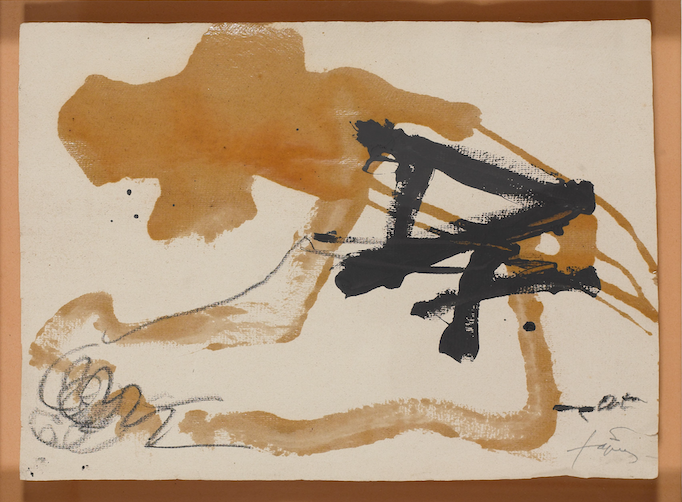Exhibitions
The sign is the message

Forgive me for starting where I don't belong and sticking where I'm not asked. I confess myself a man of paper, of written paper. As a child, I didn't know the bookmarks and would eat the corner of the page where the number was, to continue the next day at the indicated point.
Later, I ran an antique book auction and, reluctantly, did not acquire the dream of my life: a collection of stamped paper of the Spanish State, between 1516 and 1873, each written in the calligraphy of your year
Imagine, then, how I feel if I see that there is a selection from the Suñol i Soler collection, traveling through Catalonia, dedicated to the theme of "Signs and writings". Take advantage, which is now magnificently installed at the Palau de Caldes d'Estrac Foundation until September 18!
Having said that, let it dampen your enthusiasm a little: despite being an exhibition full of very interesting pieces, some hypnotic, others inciting theft, the titles of these kinds of exhibitions – hey, don't miss them!– are like the string of a necklace: the jewels are the works, but the thread is the thesis.
An exciting thesis: the interaction between letters and signs (which is also what letters are) and plastic arts. You can imagine that from Greek vases, statues and Roman mosaics, letters have accompanied art. And that our alphabet comes from abstractions of drawings: turn a capital A, it is the head of a bull with its horns; Aleph, from Proto-Canaanite, 1000 BC. Look at Romanesque painting, which tells us the names of the saints, or the Renaissance phylacteries where all the extra-pictorial information fit, or when the works of art began to be signed...
And already in the 20th century, collage, Marinetti's free words, Dadaism, surrealism, letterism... Pop Art, conceptual, etc.
The 42 pieces in the Suñol collection have all been made since 1972, by Catalan artists, linked or frequent in the Catalan artistic scene and, as an exception, the pioneer of arte povera Alighiero Boetti.
The works are divided into four sections but, between us, quite a few are interchangeable: 1) Signs : symbols and shapes, indecipherable algorithms. 2) Towards a reference to the word and the text : yes, but that its reading does not bring any literal meaning. 3) Letters, collages and typography: the letters of the alphabet elevated to the category of artistic parameter. And 4) Explicit texts: the title says it all.
A must-see for the quality of the pieces and the interest of the artists involved (Tàpies, Millares, Aballí, Rabascall, Darío Villalba, Llimós, Fina Miralles, Zush, Carmen Calvo...) the thesis, despite its solidity, nothing more than happy accompaniment.








